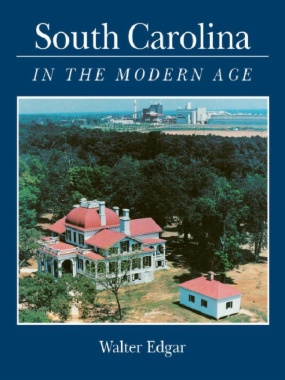Images have never been as freely circulated as they are today. They have also never been so tightly controlled. As with the birth of photography, digital reproduction has created new possibilities for the duplication and consumption of images, offering greater dissemination and access. But digital reproduction has also stoked new anxieties concerning authenticity and ownership. From this contemporary vantage point, After Uniqueness traces the ambivalence of reproducibility through the intersecting histories of experimental cinema and the moving image in art, examining how artists, filmmakers, and theorists have found in the copy a utopian promise or a dangerous inauthenticity—or both at once.
From the sale of film in limited editions on the art market to the downloading of bootlegs, from the singularity of live cinema to video art broadcast on television, Erika Balsom investigates how the reproducibility of the moving image has been embraced, rejected, and negotiated by major figures including Stan Brakhage, Leo Castelli, and Gregory Markopoulos. Through a comparative analysis of selected distribution models and key case studies, she demonstrates how the question of image circulation is central to the history of film and video art. After Uniqueness shows that distribution channels are more than neutral pathways; they determine how we encounter, interpret, and write the history of the moving image as an art form.
- Cover������������
- Title Page�����������������
- Copyright Page���������������������
- Dedication Page����������������������
- Table of Contents������������������������
- Chapter 1. A Political Bullring, 1891-1916�������������������������������������������������
- Some Background: The United States in 1890�������������������������������������������������
- South Carolina in 1890�����������������������������
- The Rise of Ben Tillman������������������������������
- Legalizing Jim Crow��������������������������
- The Coming of the Mills������������������������������
- A Divided Electorate���������������������������
- The Blease Phenomenon����������������������������
- The Progressives�����������������������
- The Threat of Violence�����������������������������
- Richard I. Manning�������������������������
- The Mill Problem�����������������������
- A New Order������������������
- Chapter 2. A Land of Monuments and Memories, 1916-1941�������������������������������������������������������������
- "The War to End all Wars"��������������������������������
- The Farm Problem�����������������������
- "The Draining Years on the Cotton Farms"�����������������������������������������������
- Exodus�������������
- Hard Times in the Textile Industry�����������������������������������������
- A Shortage of Ready Cash�������������������������������
- Boosters and Tourists����������������������������
- Cherishing the Past��������������������������
- Preserving the Past��������������������������
- Black and White: Slogans and Reality�������������������������������������������
- "Ol' Car'lina"���������������������
- The Agrarian Tradition�����������������������������
- "South Carolina Upon a Pedestal"���������������������������������������
- The Great Depression���������������������������
- The New Deal in South Carolina�������������������������������������
- The Political Scene��������������������������
- South Carolina and FDR�����������������������������
- Chapter 3. Ignited by War, 1941-1966�������������������������������������������
- World War II�������������������
- Coming Home������������������
- The Sky didn't Fall
- "Killbillies" and "Opera in Greenville"����������������������������������������������
- "The Spark of Industrial Development"��������������������������������������������
- A Cooperative State Government�������������������������������������
- "A Two-Fisted Competitive Spirit"����������������������������������������
- Town and Country�����������������������
- The Price of Prejudice�����������������������������
- South Carolina Reacts to the Brown Decision��������������������������������������������������
- "We Shall Overcome"��������������������������
- The Year of Decision: 1963���������������������������������
- The Confederate War Centennial�������������������������������������
- The Emergence of Two-Party Politics������������������������������������������
- Some Things Changed��������������������������
- Chapter 4. Changes and Challenges 1966-1991��������������������������������������������������
- The Decline of Rural South Carolina������������������������������������������
- "Bubba Gate," Lost Trust and Reform������������������������������������������
- Two-Party Politics�������������������������
- "Adjusting to New Circumstances"���������������������������������������
- Private Schools����������������������
- Pennies for Education����������������������������
- Questioning Plastics in Beaufort-and Development�������������������������������������������������������
- Déjà Vu with A Difference��������������������������������
- South Carolinians Abroad�������������������������������
- South Carolina Then and Now����������������������������������
- A South Carolina Chronology, 1890-1991���������������������������������������������
- Notes������������
- Suggested Readings�������������������������
- Index������������

